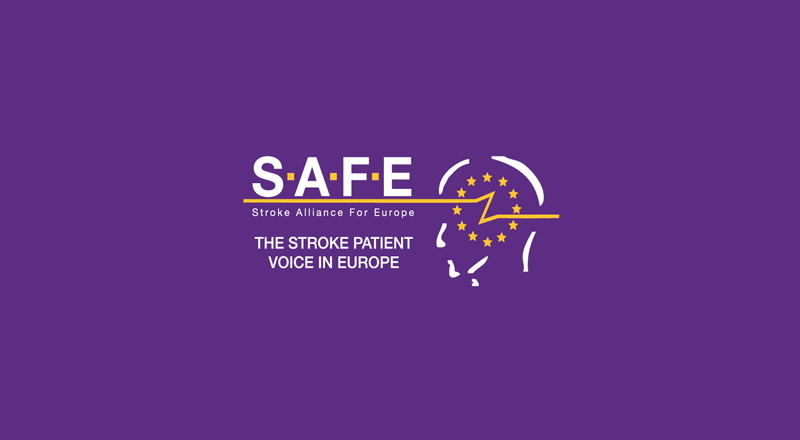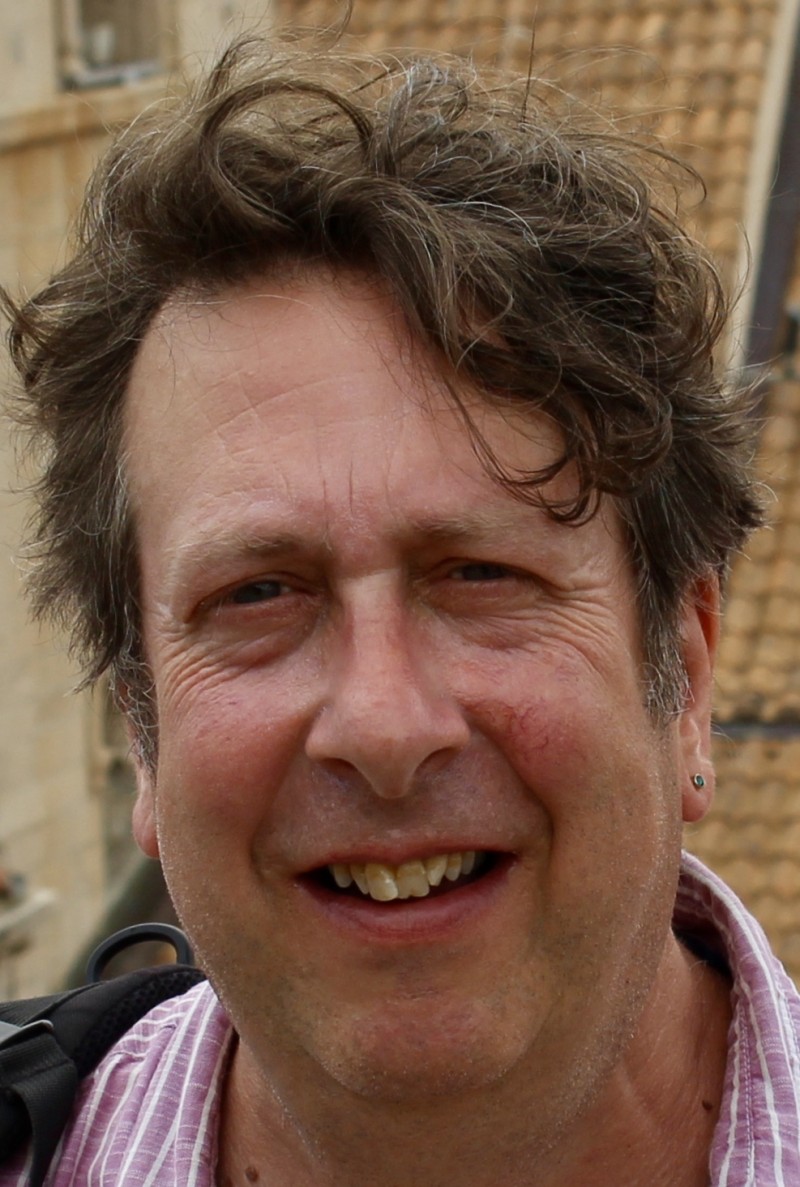
Nov 22, 2017
Using virtual reality therapy to improve arm and hand movement after a stroke is equally as effective as regular therapy, according to a study published in the November 15, 2017, online issue of Neurology®, the medical journal of the American Academy of Neurology.
“Virtual reality training may be a motivating alternative for people to use as a supplement to their standard therapy after a stroke,” said study author Iris Brunner, PhD, of Aarhus University, Hammel Neurocenter in Denmark. “Future studies could also look at whether people could use virtual reality therapy remotely from their homes, which could lessen the burden and cost of traveling to a medical center for standard therapy.” (more…)

Nov 20, 2017
Heart attack and stroke patients without medical insurance face “devastating” health care costs that can bankrupt them, research from UT Southwestern and other centers shows.
“Many patients with large medical bills may have had to declare bankruptcy, sell their home, and be hounded by medical bill collectors as they struggled to juggle rent or mortgage payments while paying for utilities and food,” said cardiologist Dr. Rohan Khera, an Internal Medicine fellow at UT Southwestern Medical Center and co-first author of the paper, “Medical expenses are the leading cause of bankruptcy in the United States.” (more…)

Nov 18, 2017
SAFE member organisations did tremendous work around World Stroke Day 2017
SAFE members wholeheartedly supported the “What’s your reason?” campaign, taking into account their specific capacities, through use of texts, visuals and other material produced by WSO for this purpose.
At the same time, we used the opportunity to convey our own messages based on the Burden of Stroke Report findings, related to the lack of prevention and stroke awareness campaigns in Europe, as well as the underestimated danger coming from the three biggest stroke risk factors- blood pressure, AF and high cholesterol. (more…)

Nov 17, 2017
Having worked for the Stroke Association in the UK for ten years, I had a pretty good understanding of the differences in stroke care across Europe. But it wasn’t until I starting editing SAFE’s Burden of Stroke report earlier this year, that the stark inequalities became clear.
It is outrageous to me that your chance of dying from a stroke varies so much, simply due to where you live. As well as causing heartache to tens of thousands of people, not providing good stroke care is a heavy burden on society as a whole. And what good is expensive research into the best stroke prevention, treatment and support, if the findings are not implemented? (more…)

Nov 14, 2017
If you have a heart attack or stroke, it’s important to get your “bad” cholesterol measured by your doctor on a follow up visit. Researchers have found that one step is significantly associated with a reduced risk of suffering another serious cardiovascular episode.
The new research, conducted by researchers at the Intermountain Medical Center Heart Institute in Salt Lake City, found that patients who don’t follow up with their doctor by getting a low-density lipoprotein (LDL) cholesterol test following a heart attack or stroke are significantly more likely to have a reccurrence. (more…)

Nov 14, 2017
Patients with a prior history of heart attacks or stroke have better outcomes when cholesterol-lowering medications are used after they’re discharged from the hospital, according to a new study from the Intermountain Medical Center Heart Institute in Salt Lake City.
Prior surveys in hospitals found that statins, a common medication prescribed to lower cholesterol, aren’t being used as consistently in patients who’ve been admitted to the hospital following a heart attack or stroke. Researchers also found that when the medication is prescribed, dosing is likely not as high as it should be to provide optimal benefits. (more…)







